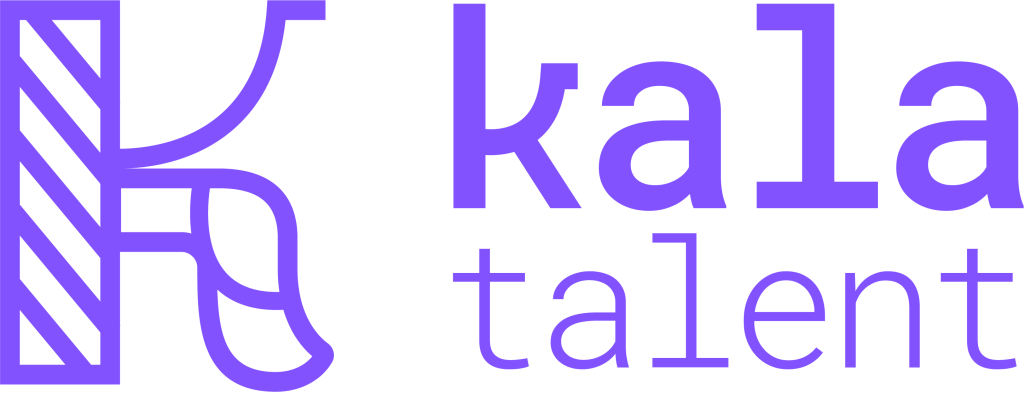Hiring someone new sounds simple on paper: post a job, review applications, pick a candidate, manage interviews, choose the best one, do the offer and set a start date. That would work in an ideal world but in practice, the process is a lot more involved. Depending on the role and complexity the truth is that waiting for people to apply is old school. Also, many candidates that could be a perfect match won’t be actively looking or applying, so the most common scenario would be to contact some candidates to participate in the process. Even if you will have inbound, even if you have some referrals, the pipeline should have candidates you see and say “I want this person to work with me.”
From defining the role and building a hiring strategy to sourcing candidates, running interviews, and negotiating the offer, you’re looking at 22–36 hours of focused work per role. That’s almost a full work week, and what to say when founders are already working much more than 40 hours per week. It’s not about a choice, would it be possible to find those hours in the agenda?
Whether you’re doing it yourself or thinking about outsourcing, here’s what the time investment really looks like and why.
Defining the role (≈ 2 hours)
Every good process starts here and this is one of the stages where processes fail the most, something that will impact the results of the candidates, the interviews, and overall the full process. Before you even start looking for candidates, you need to be clear about the scope of the role, the level of seniority, the salary band, and what’s truly required vs. “nice to have.” What usually happens is that we start with a perfect candidate that many times doesn’t exist. And it’s not about trying or not but understanding FOR REAL what you need, what this person will be doing, and what could be a plus.
One of the most common mistakes in small teams is hiring just in case… so the requirements tend to focus on industries, tools, or niches, just in case that next project comes. The reality is that defining requirements that make sense with the market is key to finding what you need.
One tip could be to do a quick sourcing to see if what you had in mind exists in the market. If you invest one hour testing if a candidate looks like your JD and the answer is no, you need to change it.
Building a hiring strategy (≈ 3–4 hours)
This is the planning stage. You decide which channels to use (LinkedIn, referrals, niche job boards), how many interview rounds you’ll run, and what you’ll measure with scorecards.
It’s not that you like to have three interviews, does your team have the time to take them? If you include an assessment, would you have time to answer questions from candidates, review them, or share feedback? What are you gonna offer as well?
You can’t join a meeting and just improvise, you need to have some questions you will ask all the candidates. Energy and enthusiasm flow during the days, have everything covered to make sure you are doing the best you can.
A good hiring strategy also sets candidate expectations. For example: “Our process is 3 steps: intro call, technical interview, final interview with the founder.”
Sourcing candidates (≈ 4–6 hours)
This is where the legwork begins. You build a longlist of 50–80 potential candidates, then a shortlist worth contacting.
Conversion rates matter here. Tech roles usually have a 12% interview rate, meaning you need to contact far more people to get enough interviews. Marketing roles average 18%. That’s why sourcing often takes several hours.
Sourcing is not rocket science, just take time to be in stalker mode, play with boolean, and find what you need. Even though some people think this is too operational and repetitive, it’s also super creative. Are you gonna find the candidates by similar companies? Maybe finding them outside LinkedIn? There is no perfect answer here.
In practice, this means reviewing profiles, scanning portfolios, and deciding who’s worth reaching out to. A recruiter might say, “We need 10 interviews, so we’ll message at least 60 qualified people.”
Contacting candidates (≈ 2–3 hours)
Outreach takes time. Writing messages, sending follow-ups, and coordinating interview times adds up quickly.
Candidates also have questions: “Is this role remote?” “What’s the salary range?” “What tech stack do you use?” Answering promptly is part of the experience. Delays here can lose strong candidates.
Having templates for those answers to avoid typing each time is a good idea. Also make sure you are adding the info most candidates will ask you anyway: for example, salary and benefits, and any other thing you would also like to know as a candidate.
First interviews / intro calls (≈ 4–6 hours)
First interviews are key to know the candidates and share more about you. This is usually 30-minute calls with 8–12 candidates. The goal is not deep technical validation, but understanding skills, cultural fit, and expectations.
Having the questions prepared in advance helps a lot. Also, using tools as note-takers or others are great to be present with you and the candidates and avoid taking notes during the meeting.
Follow-ups and feedback (≈ 2–3 hours)
After interviews, someone has to update candidates, share notes internally, and align on next steps. Many companies underestimate this part.
A candidate left waiting for two weeks without feedback is less likely to accept your offer. On the other hand, quick and respectful feedback strengthens your employer brand even with rejected candidates. Could happen that you are awaiting a confirmation of a project or whatever and the process can be delayed, this always happens but keeping the candidates updated once a week is a must.
Second interviews (≈ 2–4 hours)
Once you manage the interview probably you have 2 or 3 candidates to move forward to the next steps. We always recommend focus on quality instead of quantity. If you feel that you have one great candidate that is ok, don’t force just because of numbers.
This is where candidates show depth: a developer might walk through their code; a marketer might present a campaign they designed. It’s a deeper dive into how they work and think. Try to make the candidates share something they are proud of and you can go deep about the logic behind it to test communication, and more things.
Assessment coordination (≈ 1–2 hours)
If you include a case study or coding challenge, there’s extra work: creating the assignment, sending instructions, reviewing submissions, and collecting feedback.
For example, a sales candidate might be asked to draft an outreach email. Reviewing this takes 20–30 minutes, but multiplied by several candidates, it adds up. Also you will have to share feedback with candidates about it. There is a rule that feedback should be as profound as the time invested, and assessments are that case.
Offer and closing (≈ 1–2 hours)
The final step: aligning salary, drafting the offer, handling negotiations, and confirming the start date.
This stage is sensitive. A rushed or unclear offer can turn an excited candidate into a “maybe.” Taking the time to explain benefits, growth opportunities, and next steps makes the difference between a yes and a no. Even though you talked about that some weeks or days ago, you will have to review them now again for sure. Candidates will pay different attention when the offer is there vs. when they were just participating in a recruitment process.
So… even though things can take longer or less, recruitment is not a science. Understanding what happens in each step is key. It will take you and your team time, and overall energy. If you are rushing with many things this week it would be better to wait. Finding a candidate is a work itself and you have to do it right. What is more important than finding the right candidate to join your team? You need help? We can help🙋♀️



